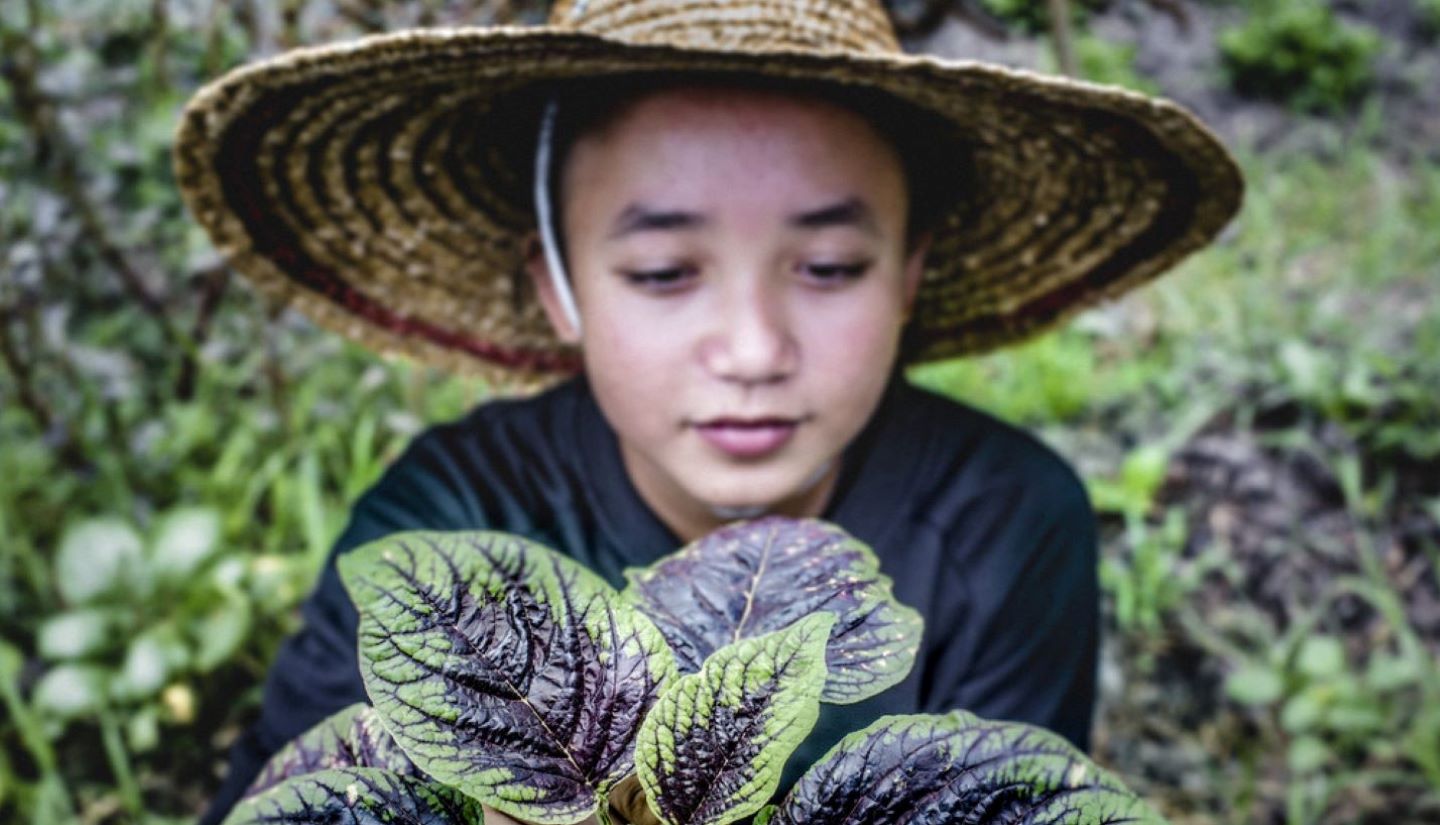How indigenous youth are grappling with climate change
IFAD Asset Request Portlet
Asset Publisher
How indigenous youth are grappling with climate change
Estimated reading time: 4 minutes
Indigenous youth from three continents reflect on how climate change is affecting their communities – and how Indigenous Peoples are drawing on tradition and technology to cope with increasingly unpredictable weather patterns.
Brijlal Chaudhari: Indigenous Peoples can read the climate and its changes

Brijlal is a member of the indigenous Tharu community, from the foothills of the Himalayas. He is the founder of Global Home for Indigenous Peoples, an organization that advocates for the rights and way of life of indigenous communities.
A monsoon is a blessing because it's the ocean, it's the mountains, it's the wind, it's the forest, all working together to bring the rain.
When the first rain comes, it's a signal to plant your rice. Everybody works together, helping each other plant – we work with the weather, with the seasons, with the climate.
But, over time, things have changed.
My grandfather used to read the clouds. He could see when the monsoon was coming, but now it's difficult to read. The clouds are not speaking to us anymore.
And the forest that we lived close to is further away, because a lot of trees have been cut down for agriculture. When it rains, the forest keeps the water in its belly and then gives the water to us all year long. But with the forest shrinking, so too does the water in the earth's belly. This year, people didn't have water to drink because it didn't rain.
We are trying to bring the forest back by planting trees. I hope we can switch back to our old ways of farming: using less chemical fertilizer, saving seeds. This traditional knowledge needs to be transferred through the generations. What my mother taught me, I must teach my own children.
Margaret Tunda Lepore: Indigenous identities must be protected

Tunda is a member of the indigenous Maasai community in Kenya. She advocates for the preservation of traditional cultural practices, land rights and community empowerment.
I come from the highlands of the Maasai where it used to be very green. But the last three years have seen the worst drought. For the first time, there was no grass.
A lot of people have lost their animals. When you identify as pastoralists, you need to have herds.
Despite these challenges, pastoral communities have proven resilient. We have reorganized our grazing fields to allow for the movement of herds, which in turn allows the grass to grow again before we repeat the rotation.
When I was growing up, all my meals had meat. Now, our herds are smaller, so we have diversified our diets and are eating more vegetables.
I am in a group called Kopito Women and we are building multi-story gardens. We can't cultivate much land because it is hard to water it during the dry season. But with a multi-story garden we can recycle our water. We filter the water we use in the kitchen or in the house with ash overnight so that in the morning, we can use it to water our plants.
The world should support our efforts to conserve indigenous seeds and breeds which are adapted to our territories. They can help us influence government policies and uphold the rights of Indigenous Peoples and food systems. Any work that Indigenous Peoples do to survive and not lose their identities should be supported.
Tania Eulalia Martínez Cruz: Combining the best of both worlds to adapt to a changing planet

Tania is from Oaxaca, Mexico. She is a Research Associate at the Free University of Brussels where she works on Indigenous Peoples’ water, food and knowledge systems. She uses her research to advocate for Indigenous Peoples’ knowledge systems and their role in food and water policy.
Technological change should also embrace Indigenous Peoples’ knowledge and systems. In the mountains of my native Oaxaca region, in southern Mexico, they use the milpa system, an intercropping of "the three sisters”: maize, beans and squash. Maize is the staple food, beans fix nitrogen and squash reduces soil and water erosion. This is the symbiosis of indigenous knowledge.
Despite being among the most resilient communities in the world, Indigenous Peoples are struggling to adapt to extreme weather events.
In the past, they were resilient to the occasional instances of extreme weather because the tradition was to crop in different plots. So, if I'm cropping next to the river and suddenly there's heavy rain that takes away my crops, I still have another field on top of the mountain. If the wind takes that away, I might have another field in another part of town. That's resilience.
But, as time passed, and people migrated for work, fewer were left to farm, so they lost their self-sufficiency.
As migration continued to increase, the number of cropped fields decreased. So, when Tropical Storm Matthew led to road closures in 2010, rural indigenous communities struggled to source their food. People started to think: if we are not self-sufficient anymore, we cannot be resilient. That's when they decided to push for technological change in the fields while keeping what is essential: maize, native seeds and intercropping.
Now they have competitions to see who produces the most. And they are self-sufficient again.
Publication date: 14 November 2023